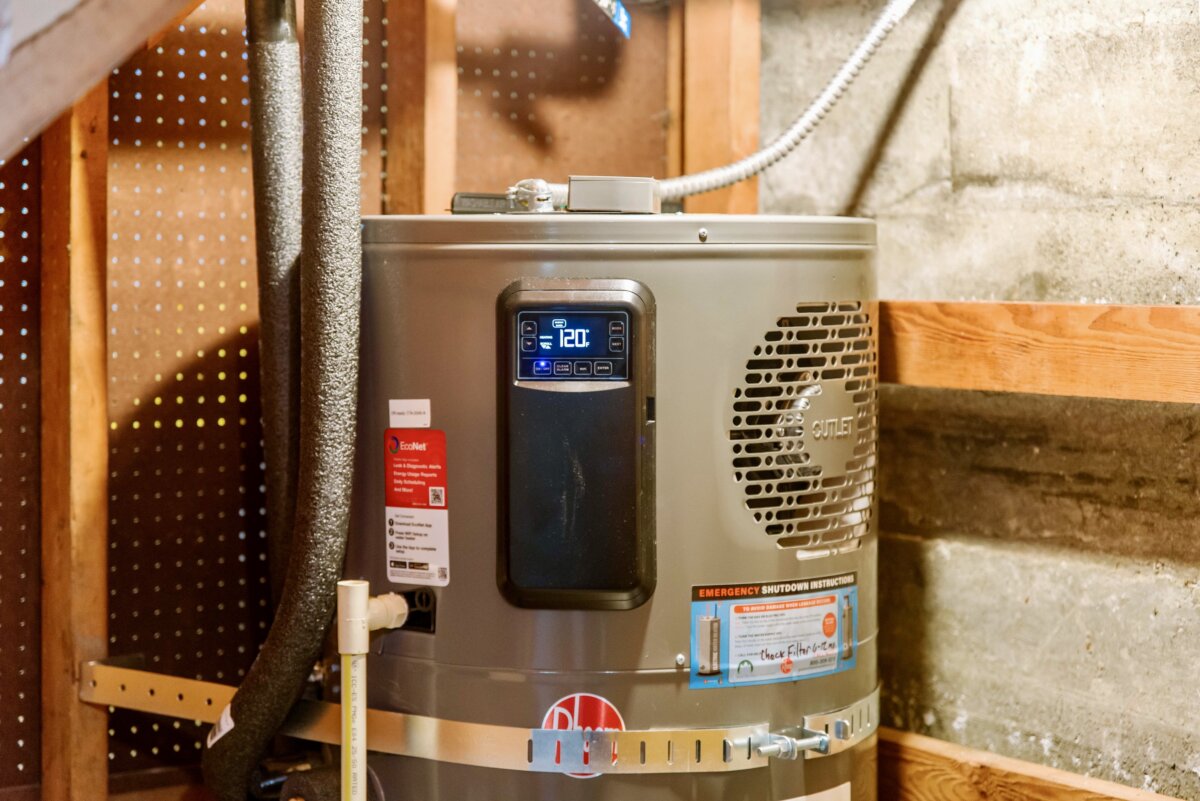As a trusted installer, you can help your customers get the most value out of their water heating by recommending energy-efficient models that qualify for rebates and tax credits. Familiarizing yourself with the heat pump water heater (HPWH) performance tiers will help you sell and install reliable, money-saving equipment with confidence.

Photo by Hot Water Solutions
HPWHs are categorized into tiers based on their energy efficiency, features, and warranty. Higher tier ratings require better performance, quieter operation, less dependency on electric resistance heating, and more integration to utility grid communications.
HPWHs are currently classified as Tier 1, Tier 2, Tier 3, or Tier 4. Tier 4 products are the highest available on the market.
The Residential Heat Pump Water Heater Qualified Products List (QPL) contains details on residential HPWH products that meet the Advanced Water Heating Specification requirements. The QPL also indicates which products qualify for the Inflation Reduction Act (IRA) 2023 tax credit.
Each tier has a higher requirement for energy efficiency, as well as other features and performance benefits your customers will appreciate.
All water heaters on the QPL are tested to ensure that they will operate efficiently in room-temperature air and in the cooler environments where mechanical systems are often installed in the Northwest, such as garages and unheated basements. The Cool Climate Efficiency, or CCE, reflects the expected performance in these conditions. Products with higher CCE ratings also have higher Uniform Energy Factor (UEF) ratings.
When recommending a HPWH to your customers, tiers can be a useful concept to help you demystify the product and the investment. First and foremost, higher-tier systems lead to better savings because of their performance, and they also qualify for the largest incentives. Some homeowners might be reassured by the quiet operation of a Tier 4 HPWH, while others might be interested to know that upgrading to a heat pump water heater could improve their home energy score and their home’s value.
See how different HPWHs rate! Take a look at the Residential Heat Pump Water Heater Qualified Products List (QPL).